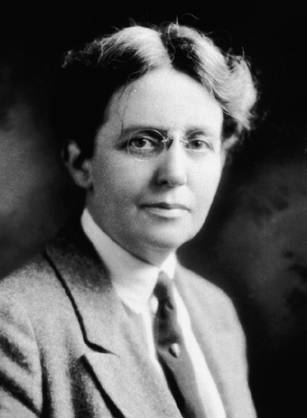Hi!
Hi guys! 👋🏻 For years now I’ve been meaning to start a blog looking at some of favourite female historical figures from all ages and cultures, and I decided that quarantine was the perfect time to do it! 🤓 History and feminism are my two of my greatest passions - along with religious studies which is my discipline so except a fair few religious heroines along the way too! I’ll try to post one a day, although it may take me a while to get started! I hope you all enjoy reading and learning about these amazing gals as much as I do reading and writing about them! 💕👩🏻👩🏾🦱👩🏻🦰👱🏻♀️👵🏾🧕🏽👸🏽🦸🏿♀️ *Please note all the images I use will be google-searched unless stated otherwise and I mean no copyright infringement etc by using them!)







